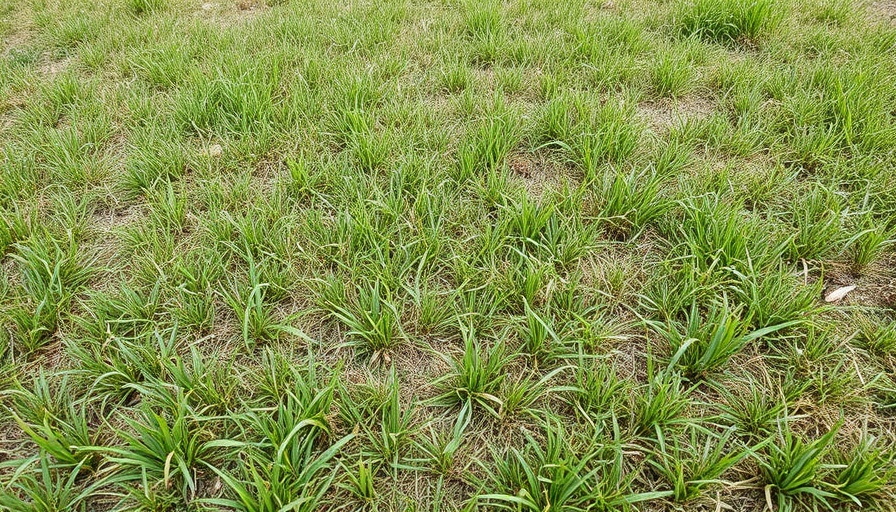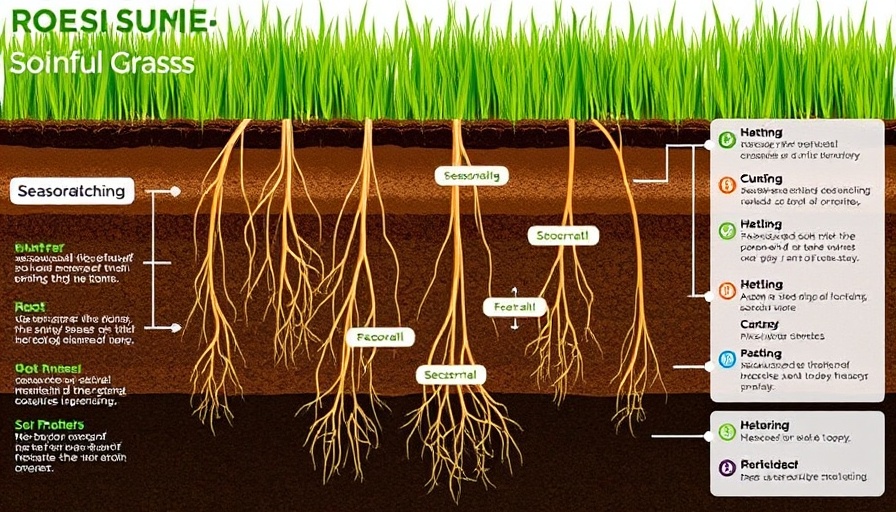
Understanding America’s Dirtiest Cities in 2025
As urbanization accelerates and industries expand, a pressing question emerges: which U.S. cities struggle the most with pollution and cleanliness? LawnStarter's recent analysis has unveiled the dirtiest cities in America for 2025, highlighting not only the impacts of environmental negligence but also the importance of clean air and water for overall well-being. The report considers 20 different metrics, offering an in-depth look at what contributes to a city’s environmental health.
Environmental Health Metrics
The assessment conducted by LawnStarter takes a multidimensional approach, incorporating air quality, water cleanliness, waste management practices, and industrial emissions into its ranking. Notably, the report reveals that cities often deemed attractive due to economic prospects may simultaneously harbor environmental hazards. For instance, cities with significant industrial activity may rank lower due to high levels of pollution that directly affect residents’ health.
Surprising Findings Unveiled
The findings from the analysis are startling. Cities like Detroit, known for its automotive industry, rank high on the pollution scale, primarily because of industrial emissions. Meanwhile, smaller cities with low populations, such as those in Rust Belt regions, were also highlighted for poor air quality. However, not all is lost; many cities are making strides in improving their cleanliness. Programs focusing on recycling, urban greenery, and community clean-up initiatives show a positive trend toward reversing these negative metrics.
Case Studies from the Report
To better understand the complexity behind these rankings, examining individual case studies sheds light on the unique environmental challenges faced by these cities. For example, Riverside, CA, known for its scenic landscapes, still grapples with poor air quality due to surrounding agricultural activities and vehicle emissions. Conversely, cities such as San Francisco, despite facing higher waste generation, invest heavily in waste management technologies, showcasing the potential for improvement.
The Emotional Impact of Pollution
Beyond the statistics lies the emotional toll of living in polluted environments. Residents in the dirtiest cities often deal with anxiety and other mental health issues linked to their environment. The feeling of helplessness can overshadow communities, especially when proximity to industrial wasteland leads to health concerns. Understanding this connection emphasizes the need for policy reforms aimed at mitigating pollution across America.
Future Predictions: Trends and Opportunities
As we gaze into the future, one can predict an increase in technological solutions geared toward fighting urban pollution. Emerging solutions like AI-driven air quality monitoring, water purification innovations, and smart waste management systems offer hope. The integration of these technologies not only helps cities reclaim their environmental integrity but also presents new job opportunities in tech sectors that focus on sustainability.
Actionable Insights for Residents
So, what can residents in these affected cities do? Staying informed about local environmental issues and engaging in community efforts for cleaning initiatives can make a considerable difference. Additionally, advocating for local policies that support cleaner air regulations, waste management strategies, and stricter industrial emissions standards can help transform the cities into healthier environments.
Conclusion: Toward a Cleaner Future
The ranking of America’s dirtiest cities serves as a crucial reminder of the ongoing environmental challenges that urban areas face. It’s not merely about cleanliness; it’s about public health, quality of life, and future sustainability. By understanding the factors influencing these rankings and actively participating in solutions, city residents can foster positive change. The onus is not only on policymakers but also on the communities themselves to come together to advocate for a cleaner, healthier, and more sustainable future.
 Add Row
Add Row  Add
Add 


 Add Row
Add Row  Add
Add 

Write A Comment